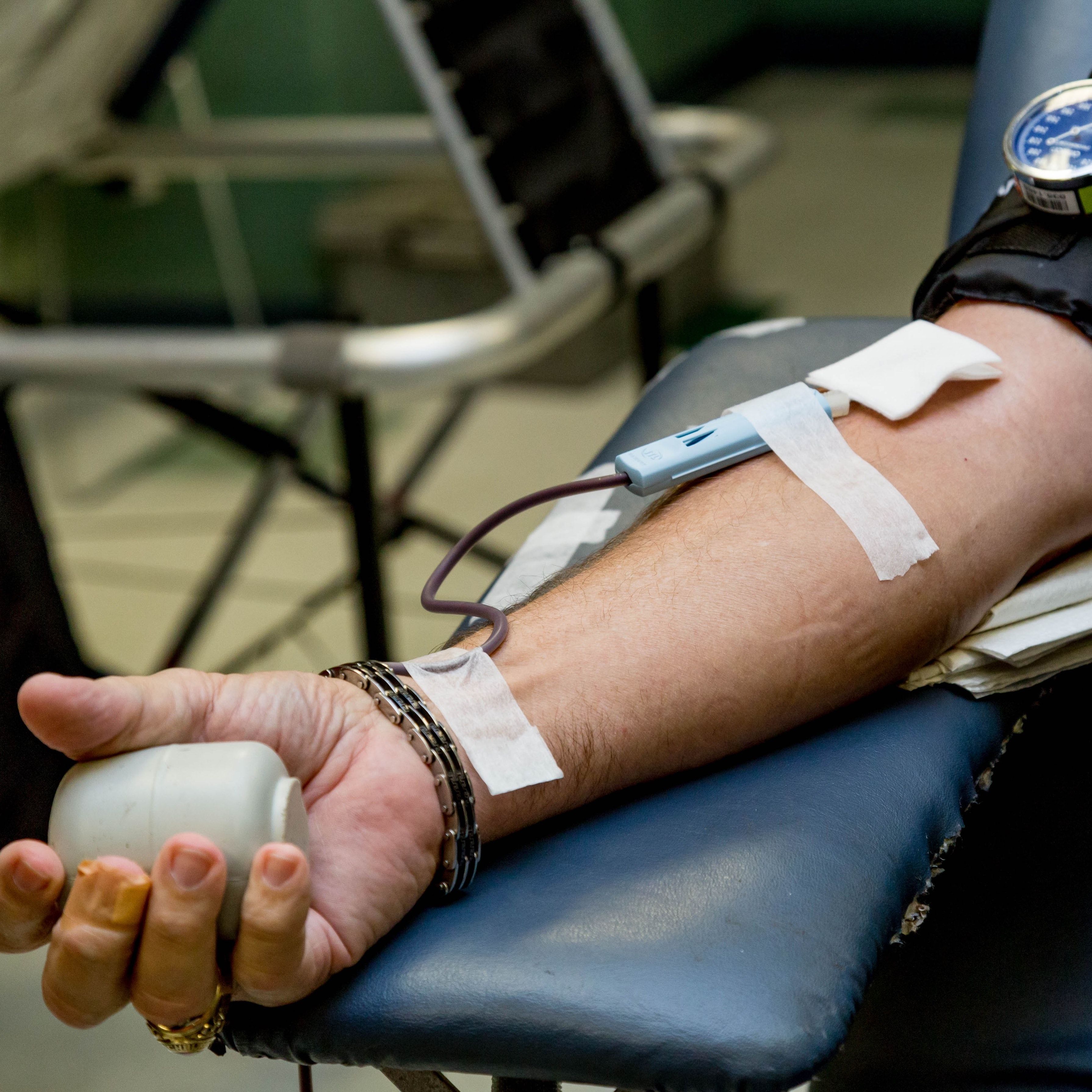Article
Monkeys Protected from HIV-Like Virus with 3-In-1 Antibody
Author(s):
Scientists prepare to test first of its kind trispecific antibody in people.

A 3-pronged antibody, created in a laboratory, protected monkeys from infection with 2 strains of simian/human immunodeficiency virus (SHIV), a monkey form of HIV.
Created by investigators from the National Institutes of Health (NIH) and Sanofi, the 3-pronged antibody stopped a greater number of HIV strains from infecting cells in the laboratory more potently than natural, single antibodies. The broadly neutralizing antibody binds to 3 different critical sites on HIV.
Dr. Anthony Fauci, M.D., NIAID Director, told MD Magazine that, while the trispecific antibody is in the very early stages, it looks promising, especially in the animal model as it's an elegant study marshaling the molecular and structural compounds. Plans to begin early-phase clinical trials of the trispecific antibody in healthy people and those living with HIV are underway — in hopes to be used as a long-acting HIV prevention and treatment.
By binding to 3 different virus sites, the new antibody would be harder for HIV to dodge than natural, single antibodies.
Researchers at the NIAD Vaccine Research Center (VRC) and Sanofi tested dozens of bispecific and trispecific antibodies to find the best-performing combination. The most successful formula combines unique structures of the broadly neutralizing HIV antibodies, VRC01, PGDM1400 and 10E8v4.
The trispecific antibody was tested in an experiment involving monkeys and 2 strains of SHIV. One SHIV strain is sensitive to neutralization by VRC01 and the trispecific antibody but resistant to neutralization by PGDM1400. The other strain is sensitive to neutralization by PGDM1400 and the trispecific antibody but resistant to neutralization by VRC01.
Researchers infused VRC01, PGDM1400 and the trispecific to 3 groups of 8 monkeys. After 5 days, scientists exposed all 24 monkeys to both SHIV strains.
Five of the 8 monkeys that received PGDM1400, and 6 of the 8 monkeys that received VRC01 became infected but 0 of the monkeys that received the trispecific antibody became infected.
The antibodies’ ability to target different regions of the virus, which can mutate rapidly, prevented the development of infection, researchers believe.
“This is a major advance toward the development of a preventative strategy, but it’s not a vaccine,” Richard Koup, MD, NIH scientist and study author, said. “We are still working toward the goal of creating a vaccine.”
Sanofi is manufacturing the trispecific antibody for use in a phase 1 clinical trial on healthy people to test the antibody’s safety and pharmacokinetics beginning in late 2018 in hopes of creating a vaccine and therapies. Conversation is also underway to conduct a separate phase 1 clinical trial of the antibody in HIV-infected people.
The ability to bind 3 independent targets at once could make trispecific antibodies useful for treatments developed not only for HIV but other infectious diseases such as Ebola, autoimmune diseases, and cancers. For example, Ebola has multiple strains that a single antibody may not cover, but that a trispecific antibody might be able to.





